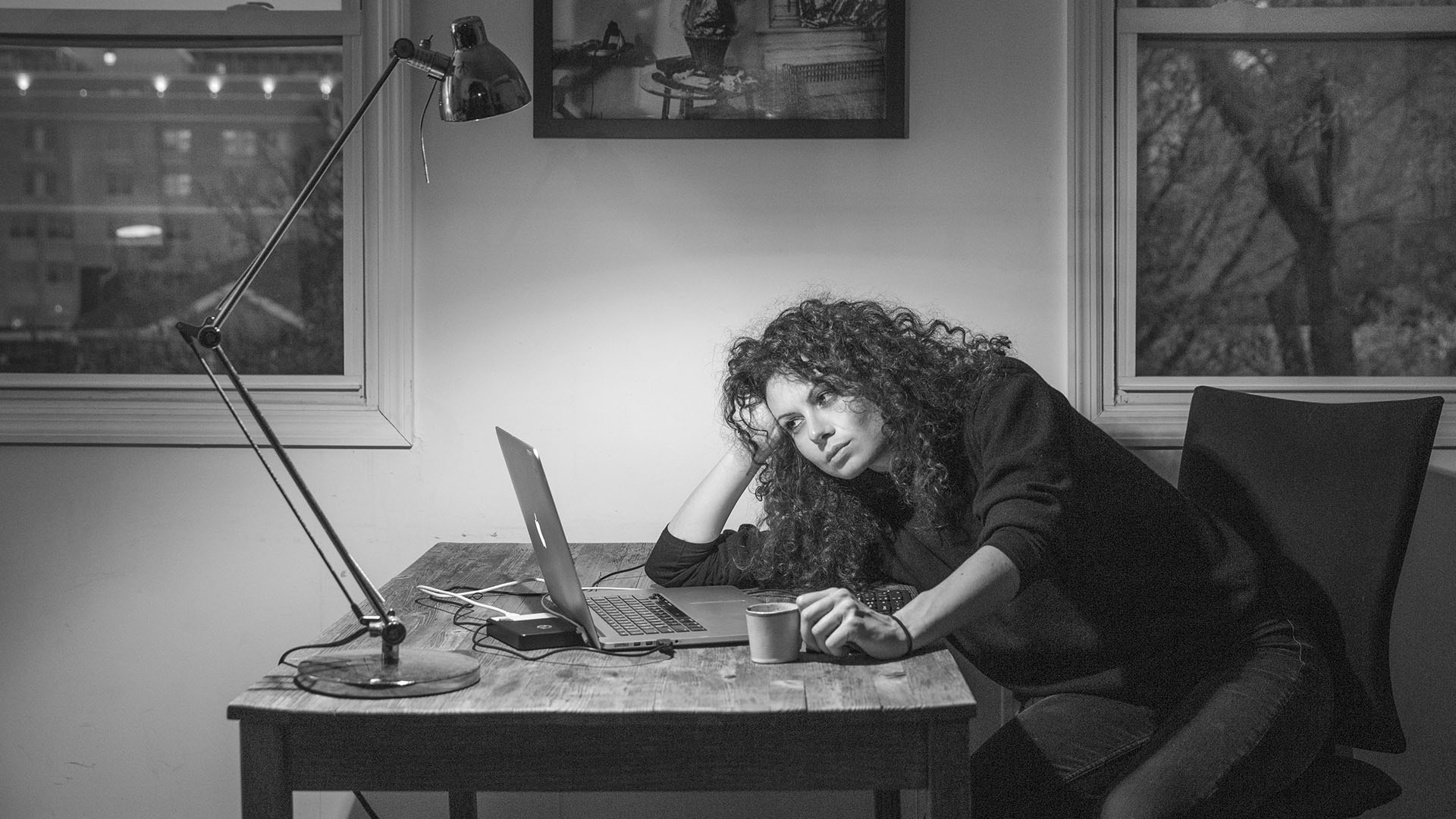Photographers aim at communicating with images. This is why we need to become good interviewers as well.

You’re getting blind.
Don’t miss the best of visual arts. Subscribe for $9 per month or $108 $90 per year.
Already suscribed ?


You’re getting blind.
Don’t miss the best of visual arts. Subscribe for $9 per month or $108 $90 per year.
Already suscribed ?

You’re getting blind.
Don’t miss the best of visual arts. Subscribe for $7 per month or $84 $70 per year.
Already subscribed? Log in